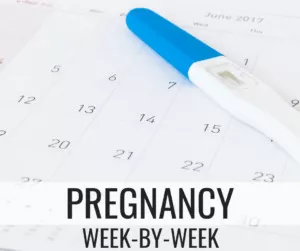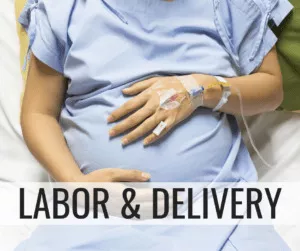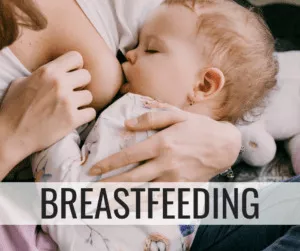
A Detailed Look At The 4 Stages Of Labor: What Happens In Each?
Labor refers to the process of delivering the baby, placenta, umbilical cord, membranes from the mother uterus to the outside world through the vagina. Although it takes nine months to develop and grow and full-term baby, labor occurs in a few days or even hours.
The most common signs and symptoms of labor include increase uterus pressure, energy level changes or fluctuations, and a bloody mucus discharge. There are four stages of labor. However, there is a stage that occurs before it, and that is known as the pre-labor.
Remember, pre-labor is the period that lasts for a few weeks before the actual labor starts. It involves early contractions, known as Braxton Hicks Contractions. Studies show that some pregnant women do not experience such contractions. Therefore, you must feel worried if you are not feeling these contractions.
The difference between pre-labor contractions and labor contractions is that the former stops when you continue doing other things, and the latter involves progressive contractions until the baby is born. Let us talk about the four stages of labor in detail.
First Stage
The first one is the longest stage of labor. It encompasses three different sub-stages: early, active, and transition phases. The first stage begins at home when you are doing daily or routine activities. The interesting thing is that a pregnant woman may not realize it.
Early labor starts when a pregnant woman’s cervix dilates. It is crucial for a pregnant woman to continue doing routine activities as well as relax, rest, eat light, healthy meals, and drink fluids. Likewise, you must also keep track of the contractions.
Early labor also involves experiencing mild and irregular contractions. Because the cervix starts to open, a pregnant woman may notice a slightly bloody or pink discharge from her vagina.
Active labor is the second sub-stage of the first stage in which your cervix has the size of about 4 to 7 cm. A pregnant woman in this needs to go to the hospital or the birth center. At this stage, you will experience more noticeable contractions and pain.
Moreover, the last sub-phase of the first stage is known as the transition. It is the stage that occurs before the second stage of labor and involves cervix dilation to 10 cm. The transition phase is very challenging and painful for most pregnant women. That’s why it is essential to learn labor-coping skills so that you can manage the painful sensations.
Second Stage
The second stage starts when your cervix has dilated more and has a size of about 10cm. The second stage involves more contractions that push the baby down the birth canal, and this is where you will start pushing more to streamline the process.
Remember, you have to push more during contractions and rest when your body needs relaxation. Certain factors determine the length or duration of the second stage, including the size and position of the baby. Once the baby is in the birth canal, you will make efforts to push the baby and make him or her completely out. That is the end of the second stage.
Third Stage
Also known as afterbirth, the third stage involves the continuation of uterus contraction to push out the placenta. Compared to the previous two stages, the third stage is usually shorter and last for about 5 to 30 minutes.
In simple words, this stage starts with the complete delivery of your baby. The stage completes when you have finally delivered the placenta and all the membranes attached to it. The health professional recognizes the risks and complications associated with this stage and acts accordingly to cope with them.
Four Stages
The fourth stage is the final phase of labor, which lasts for about three hours. In this stage, a woman’s uterus continues to contract, expelling all the remaining substances, materials, or fluids. The elimination of these unwanted material allows for shrinking back of the uterus to its normal size.
It is important to start breastfeeding your baby right after the delivery. Not only does this provide essential nutrients like iron to the newborn, but it also helps the uterus contract fast so that you have decreased bleeding. Breastfeeding likewise is an integral part of the fourth stage that leads to oxytocin hormone production.
Final Words
A growing body of research evidence shows that childbirth is an important event in a woman’s life. It can either affect her mental health positively or negatively. That’s why a woman must learn about all the four stages of labor and what happens in each.













